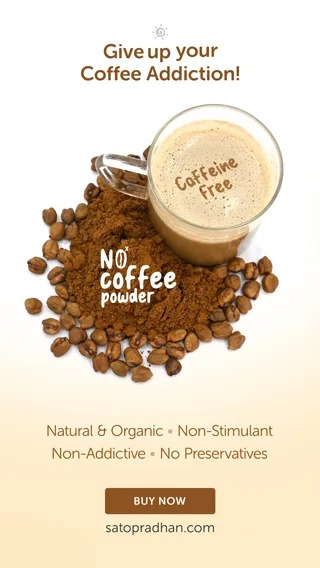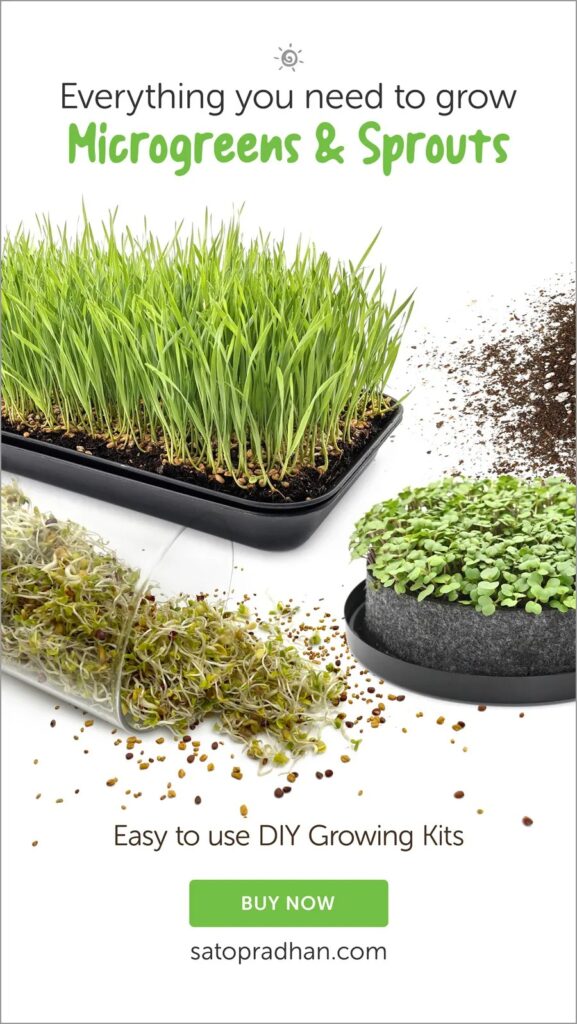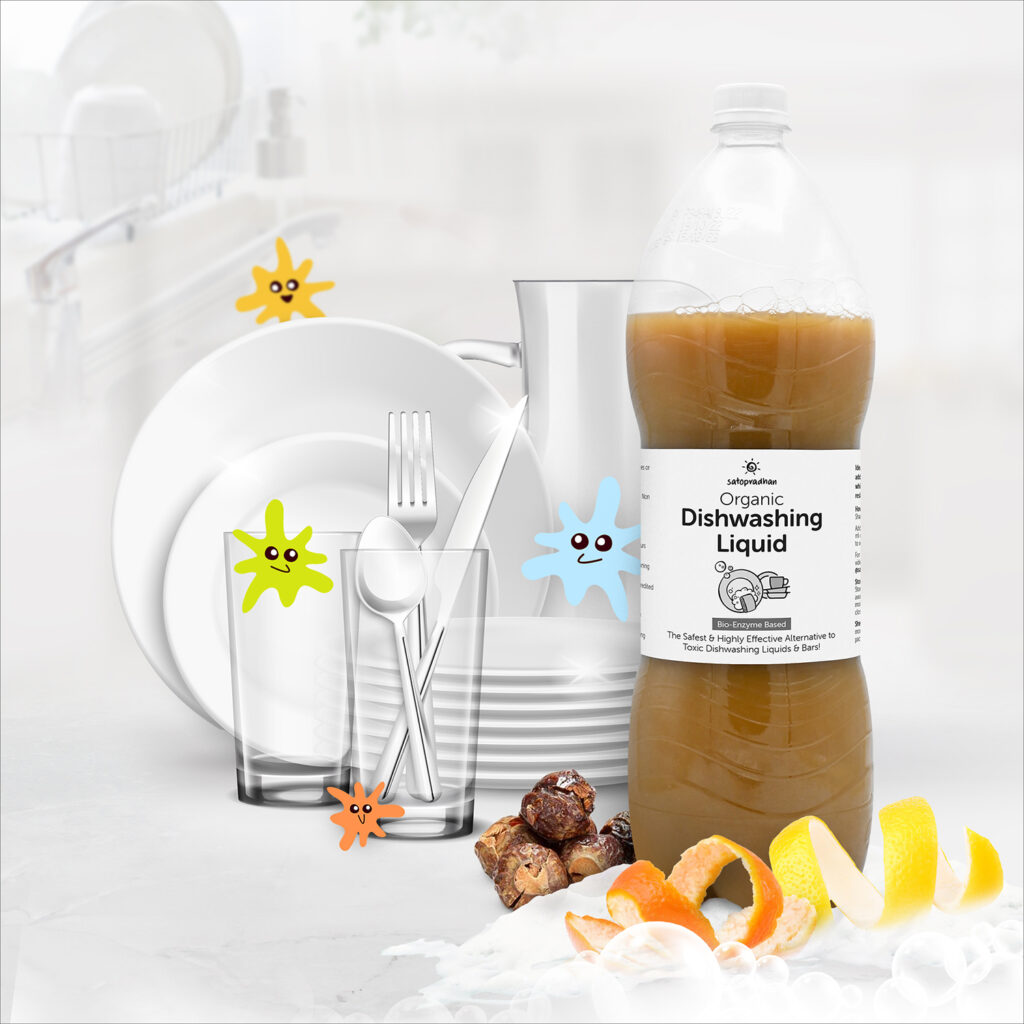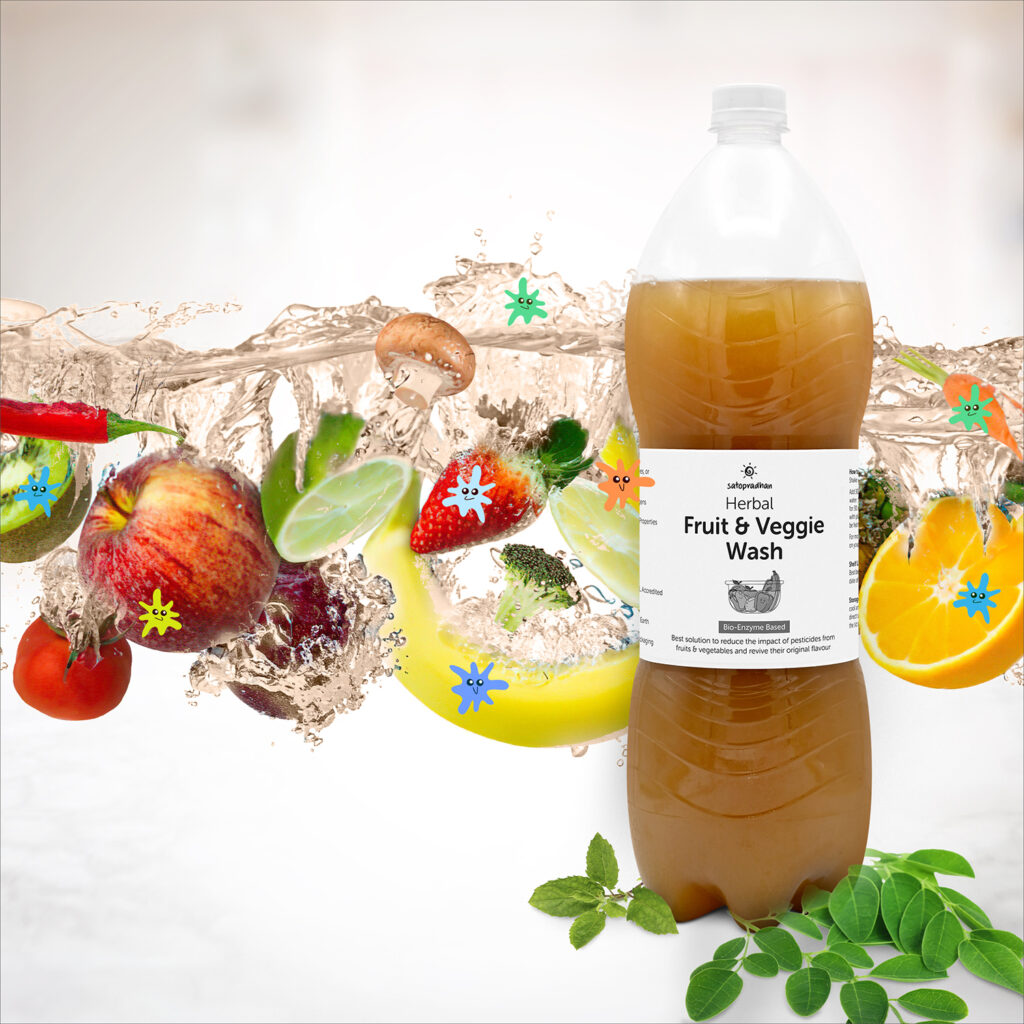
They are the basic elements used in every dish, and although not easily seen, they have the most important role in our day-to-day cooking.
Yes, we are talking about Spices! They not only introduce amazing flavours to the food but have several health benefits too. Some detoxify the liver, improve digestion & boost immunity, while others are great for skin health, relieve inflammation & regulate normal blood sugar & cholesterol levels.
The Problem with Regular Spices
Unfortunately, most of the spices available in the market are highly adulterated & have been exposed to several harmful chemicals. The soil quality where they are grown is usually not checked, leading to a build-up of toxic metal residues, which are very dangerous for our health. Also, various additional fillers such as sand, dirt, chalk powder, sawdust, artificial colour, etc., are added to them to increase their quantity & brighten their colour.

Moreover, various anti-clumping agents are generally used in powdered spices to prevent the formation of lumps. These synthetic additives are also very harmful & can trigger several serious health issues.
Another shocking fact is that two types of sterilisation methods, i.e. fumigation & irradiation, are commonly used to kill the microbes present in the spices. Toxic chemicals such as Ethylene Oxide are used in the former method & harmful radiation is used in the latter, which is not good for our health. On the other hand, organic spices are not exposed to these harmful procedures & are safer to consume.
The Need for Organic Spices
It is best to use whole spices & grind them instantly in small quantities as & when required. However, when urgently needed, only good-quality powdered spices should be used as spice powders have maximum chances of contamination & they lose their strong flavour/ aroma very quickly.

Nowadays, various spice mixes are available in the market, which has multiple ingredients & claims to have various health benefits. But, according to satvic food philosophy, our food should be as simple as possible to facilitate easier digestion & hence we should avoid mixing several ingredients. This is why we only provide superior-quality, naturally occurring, whole & powdered spices and no complex spice blends. You can mix these individual spices in simple combinations as per your requirement.
What makes Organic Spices different from Regular Spices?
Organic Spices are 100% Natural with Authentic Aroma, Color, Flavour, and Texture and have not been exposed to chemical pesticides/fertilisers/ harmful sterilisation methods. To avoid any adverse impact on quality, they have been sterilised by high-pressure steam, which involves just plain water and no toxic chemicals/ radiations.
8 Commonly Asked Questions About Organic Spices
Asking questions is the first way to begin change. Want to know more about spices? This section answers our community members’ top 10 most commonly asked questions about spices and dried herbs.
1. Why is organically grown saffron expensive?
Saffron is very costly. Its high cost is due to the time it takes to harvest it. Only a tiny portion of each saffron blossom is consumed, and harvesting is done entirely by hand. Each Saffron flower only produces three stigmas per season, which must be carefully removed by hand; it’s extremely time-consuming and must be done fast because they only bloom for three weeks.

2. How do you identify genuine Saffron and avoid fake Saffron? Is there any home testing for saffron adulteration?

Here are six tests to identify a genuine Saffron;
- Smell – The aroma of real Saffron is sweet and earthy.
- Appearance –The threads of Saffron are trumpet-shaped. It’s fake if a thread doesn’t protrude at one end. Also, your skin will turn yellow or orange if you rub real Saffron between your fingers.
- Taste – While Saffron smells sweet, it tastes slightly bitter, not sweet.
- Time for colour release in water – Put the threads in a small container of lukewarm water. Wait at least 15 minutes. Real Saffron gradually turns the water yellow. It could take up to an hour for the colour to change. The red colour of the saffron threads is retained. The substance is not Saffron if the water changes colour quickly, turns red, or does not change colour at all, or if the threads lose their colour. Also, they’ll stay intact if you rub real saffron threads between your fingers after soaking. Fake Saffron, on the other hand, is prone to crumble.
- Price – If you get a lower price, there’s a good chance it is not Saffron
3. How to use cinnamon powder?
Here are some ways to use cinnamon powder in your diet
- Mix in plain coconut or almond milk and relish the amazing flavour
- Include in satvic smoothie bowls for a distinct aroma, colour &taste
- Add to healthy vegan shakes & desserts such as ice-creams
- Enjoy Cinnamon flavoured homemade muesli or granola
- Use in herbal drinks to enhance their taste and effectiveness

4. What is the difference between Ceylon and Cassia varieties of Cinnamon?

| Ceylon Cinnamon | Cassia Cinnamon | Very expensive and rare to find in the original country | Common and cheaper spice |
|---|---|
| Contains low coumarin | Coumarin level is 1200 times more which may affect the health of organs like the kidney. |
| The colour is tan brown | The color is reddish dark brown |
| Very light paper thickness of bark which forms multiple layers rolled up as a coil | Uneven thickness and forms only a few layers (mostly single layers) when rolled up. |
| Fragile, easily broken, | Hard and difficult to grind |
| Delicate and sweet. Creates an excellent flavour and aroma. | Pungent and full-bodied taste. |
| Produced mainly in Sri Lanka, | Produced in many countries in the world |
5. What can I use cinnamon powder for?
The cinnamon powder can be used to
- Stimulate Hair Growth: Cinnamon paste might help stimulate hair growth and strengthen your scalp. Mainly, this effect is due to cinnamaldehyde, the main compound in Cinnamon. Cinnamaldehyde increases circulation and blood flow to the hair follicles, supporting hair growth. Mix cinnamon powder with water to paste and apply to your scalp.
- In Your Car: Use Cinnamon powder to freshen the air in your car. Cinnamon’s aroma has been proven to boost alertness and reduce anxiety, making your journey less unpleasant.
- Deodorise Carpets: Cinnamon powder is an excellent deodoriser.
- Curb Cravings: Cinnamon powder can help you control your blood sugar levels and avoid those sugar cravings in the middle of the day. Sprinkle a little cinnamon on your morning banana smoothie or in herbal tea.
6. What type of uses can you give to cardamom?

You can use cardamom in the following ways
- Add to satvic desserts like halwa, laddu, kheer, etc.
- Mix in smoothie bowls or shakes for a distinct aroma & flavour
- Use in herbal drinks & other homemade beverages to enhance their taste, as well as effectiveness,
7. Is kala jeera, also known as kalonji, satvic in nature?
Yes, Black Cumin or Kala Jeera is an ancient spice of India. These are the seeds of a plant called Nigella Sativa. These seeds are known by different names like Kalonji, Himali Jira or Kala Jeeral, Onion seeds, etc., and cumin is satvic, Kala jeera or kalonji belongs to the cumin family. Though it’s called onion seeds, it doesn’t belong to the onion family.
8. Sendha Namak (white or pink, any) might have heavy metals. So, should we consume?
Though obtained from naturally occurring rocks, both salts (Sendha Namak Pink and White) have been properly treated to have pure salt without harmful particles. Also, the process ensures retaining essential minerals and nutrition. So, to pump up the taste and make every dish scrumptious and nutritious, make sure you choose spices that are free of pesticides, have zero preservatives & are rich in nutrition. Believe it or not, organic spices taste much better than regular spices you use at home, and they help boost your immune system naturally.
So, tell us after being aware of the difference, would you like to replace the regular spices with organic ones?
 Organic Dalchini PeesiBuy Now
Organic Dalchini PeesiBuy Now
 Organic Haldi PwoderBuy Now
Organic Haldi PwoderBuy Now
 Organic Saffron StrandsBuy Now
Organic Saffron StrandsBuy Now
 Organic Rock Salt Pink Buy Now
Organic Rock Salt Pink Buy Now
 Organic SaunfBuy Now
Organic SaunfBuy Now
 Organic Jeera SabutBuy Now
Organic Jeera SabutBuy Now







